The COVID-19 Recovery Loan Scheme: what you need to know about your business’s eligibility, lending terms, and how to apply for finance
What is the COVID-19 Recovery Loan Scheme?
The Recovery Loan Scheme (RLS) launched on 6 April 2021 to support businesses that have been affected by the impact of the pandemic to recover and grow.
The successor to the Coronavirus Business Interruption Loan Scheme (CBILS) and Bounce Back Loan Scheme (BBLS), which closed for applications in March, RLS is a similar finance scheme. Under it, your business is 100% liable for the debt you take on.
There are four types of RLS finance, which are available from a select number of lenders accredited by the British Business Bank. The Government is aiming to encourage lending by providing an 80% guarantee against a borrower’s outstanding balance.
The terms of the loans under RLS for any given lender may not automatically be the best you can get in the marketplace. And so under the scheme, lenders are supposed to offer you better terms if their regular, commercial loans are more favourable.
RLS is open for applications from businesses of all sizes but it may not be the best choice for startups. According to the British Business Bank, the 6% per annum interest rate under its Start Up Loans programme could be more attractive for early-stage businesses.
What types of finance are available?
There are four kinds of finance available, although not all lenders will be offering all four. They are:
- Loans
- Overdrafts
- Invoice finance
- Asset finance
The amount your business can borrow depends on which of these finance types you apply for, as discussed below. It also depends on the lender’s assessment of how affordable the facility is for your business.
How much can I borrow?
Maximum amount
It’s the lender’s decision but they can offer up to £10 million per business, or £30 million for a “borrower group” - defined as the borrower and all linked enterprises.
You may not be able to borrow as much as this, however. The finance limit is capped at the lesser amount of the following:
- £10 million
- Double your wage bill
- 25% of turnover.
Minimum amount
The minimum amount you can borrow depends on the type of finance:
- Term loans and overdrafts: £25,001
- Asset and invoice finance: £1,000
Personal guarantees
There’s a threshold when it comes to providing personal guarantees:
- Under £250,000 - no personal guarantee required
- Above £250,000 - personal guarantees are at the discretion of the lender.
Fortunately, if things don’t go according to plan and your personal guarantee is called upon, you will still have a roof over your head. That’s because your principal private residence can’t be included in recovery action.
In addition, the amount that can be recovered is capped at 20% of the outstanding balance after the proceeds of business assets have been deducted. So if the outstanding amount was £500,000, you’d be on the hook for £100,000.
If you’re looking for asset finance and don’t require a personal guarantee, you might get better terms from a lender’s standard, non-RLS product range.
Or if you do wish to provide a personal guarantee, it might be cheaper to go with a lender’s standard terms and purchase additional personal guarantee insurance.
A given lender’s finance terms under RLS may not be the best you can get. Under the guidance, a lender is supposed to offer you better terms if its regular, commercial loans are more favourable.
What is the length of the loan and the interest rate?
The length depends on the type of finance:
- Term loans and asset finance - from 3 months to 6 years
- Overdrafts and invoice finance - from 3 months to 3 years
The interest rate depends on the lender. But according to the British Business Bank, the interest rate, upfront fees and other fees can’t total more than 14.99%. You’ll be expected to pay all of these fees.
When your repayments begin also depends on the lender. However, under this scheme there is no repayment holiday. You should expect to start repaying interest and capital a month after you take out the facility and to pay them monthly thereafter.
Can I apply for a loan if I have received a loan from previous COVID schemes?
Yes, you can apply for finance under RLS if you have existing finance under the previous BBLS, CBILS or CLBILS (Coronavirus Large Business Interruption Loan Scheme). This applies even if you used the BBLS Pay As You Grow repayment options.
However, the amount you’ve previously borrowed may, under some circumstances, limit the amount you can receive from a lender under RLS.
Ultimately, it’s down to the lender to decide if the finance is affordable for your business.
What if I have been refused credit in the past?
If you have previously been refused credit, whether under previous Government COVID-19 support schemes or for any other kind of finance, you can still apply under RLS.
If you meet the eligibility criteria, the lender will review your application on its merits. Each lender carries out its own credit assessment and so the decision might vary according to the lender.
When your repayments begin depends on the lender. However, under this scheme there is no repayment holiday. You should expect to start repaying interest and capital a month after you take out the facility.



